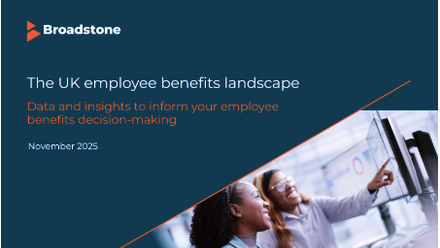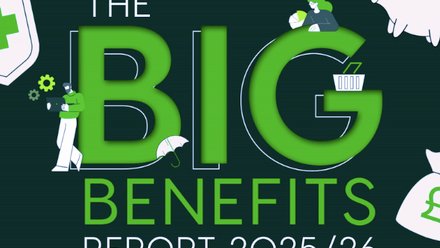Why everyone is talking about prevention?
The Office for National Statistics (ONS) tells us with certainty that life expectancy has generally increased over the past few decades.
But statistics around ‘healthy life expectancy’ – the number of years individuals can expect to live in good health – are more concerning.
In England, the ONS reported that we’ll reach about 60-years-old and then begin to experience health problems.
According to the Department of Health and Social Care over 30% of 35 to 44-year-olds have at least one long-term condition and this increases to 50% for 55 to 64-year-olds.
This is problematic, not just because it indicates there’s a declining trend around ‘healthy life expectancy’, or because of the fact it’s likely affecting the quality of life.
These stark figures are problematic because they tell us that older individuals are more likely to have health challenges while still in work – with Yahoo reporting the typical age of retirement 64-65-years old (2021).
And trends suggest that in the coming years our working lives will extend even longer.
So, what do these medians mean for wellbeing in work?
People and productivity workplace equation
Individuals clearly want to be able to take a more active role in taking care of themselves, by understanding their bodies, and their risks – but they’re not the only stakeholder in their health.
Businesses and our places of work – where we spend so much of our day-to-day lives – have a vested interest too.
This is because it’s important for businesses to know and understand the productivity of its people, how this impacts the bottom line, and how the doors are being kept actively open – the latter is inextricably linked to the first.
Healthy people can be present and productive, and vice versa.
For example, Vitality found that workplace sickness cost the UK £138bn over a year-long period.
Compounding this is the fact that such statistics often fail to take into account loss of productivity from individuals who work when sick.
Linking health and business benefits
Broadly, we know the reasons driving these losses; poor diet, obesity, musculoskeletal conditions and lack of physical activity, increase lost time by 14%, 54% and 28% respectively, Vitality says.
But there is an upside. Dr Martin Thornton, chief medical officer at Bluecrest, said: “Fortunately, many businesses are increasingly seeing – and quantifying – the direct link between health benefits and bottom-line business benefits.”
For businesses, the secondary stakeholders in our health and wellbeing, insights relating to sickness and loss of earnings can be simplified to create an equation that looks something like:
Keeping sickness under control ≃ fewer absences in the workforce. Fewer absences in the workforce ≃ better business productivity.
Preventative health and quantifying the benefits
But what do we need to feed into this makeshift model to keep sickness under control?
For many, the answer lies in a focus on preventative health.
Preventative health represents a shift in the clinical journey – moving from treating illness to anticipating it.
Developments in technology have made this shift increasingly achievable, with advanced diagnostic imaging and blood tests for early disease markers allowing us to detect conditions, such as cardiovascular disease, diabetes, and even cancer, earlier than before.
Critically, this enables personalised interventions, which can reduce or even prevent the progression of illness.
Organisations are also beginning to understand the drivers behind employee health claims and how certain conditions disproportionately affect the costs associated with requisites like insurance.
Changing the landscape
With these insights, employers can better plan budgets and healthcare strategies, such as the provision of on-site wellness programmes, subsidised gym memberships, or even health screenings.
The role of data in this altering landscape shouldn’t be underestimated either.
Organisations are increasingly turning to analytics to inform their strategies and are introducing measurable outcomes.
For example, analytics can identify patterns in absenteeism or recurring claims, helping to target interventions more effectively.
Data-driven plans aren’t just spreadsheets on why there was nine days of illness last month, but a way to demonstrate return on investment in preventative health initiatives.
Dr Thornton said: “This is really vital information for businesses. For many, health benefits are a pick and mix affair – and it can be difficult to know where to focus limited budgets.
“But there’s a clear picture of demand emerging here, shifting from treatment to prevention.”
Perhaps the most telling statistic – in light of healthy life expectancy and working practices, against the backdrop of increasing pressured healthcare services – is that employees want preventative health support.
A Bluecrest survey (2024) found that nearly three quarters of working people would potentially go for a confidential health assessment if it was available through their workplace – with 48% a definite yes.
Highlighting how preventative health is firmly on the agenda, Dr Thornton concluded: “There is clearly a demand for preventative health support through workplaces – and it’s often the missing link in health and wellbeing strategies.”
Supplied by REBA Associate Member, Bluecrest Wellness
Bluecrest Wellness offers high-quality health screenings.








